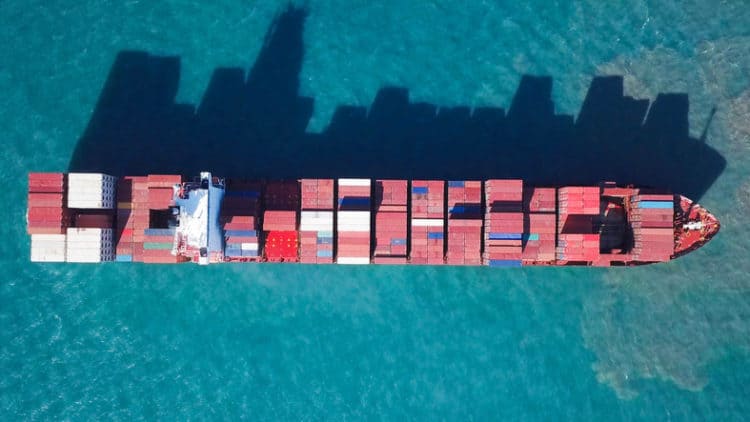Will the Regional Comprehensive Economic Partnership (RCEP) trade pact still come through in February next year after India’s decision to pull out?
While Thailand said in a statement on Sunday that member countries of the Regional Comprehensive Economic Partnership (RCEP) are committed to signing sign trade pact in 2020, Thai government spokesperson Narumon Pinyosinwat was cited in a Reuters report that the earliest that the signing would happen is next February.
If the pact would come through, it'd be a trading bloc that covers about one-third of the global GDP.
Hoever, India announced Monday evening that it has opted out of RCEP because the proposed agreement hasn't addressed the country's concerns about the challenges imposed on its domestic markets and agriculture sector.
India will be required to eliminate tariffs gradually if it signs the deal. What that means is its domestic markets will face the challenge of the influx of cheap Chinese products and its agriculture sectors by produce from Australia and New Zealand.
India’s trade deficit with the RCEP countries is US$105 billion—China accounts for US$54 billion of the total.
While some might consider the 15-member RCEP similar to the now-defunct US-led, 12-member Trans-Pacific Partnership (TPP) that the US pulled out in Jan 2017, the other TTP countries have drawn up a new agreement dubbed the Comprehensive and Progressive Agreement for Trans-Pacific Partnership (TPP-11), which incorporated most of TPP’s provisions.
RCEP’s 15-member countries include: Australia, Brunei, Cambodia, China, Indonesia, Japan, Laos, Malaysia, Myanmar, New Zealand, the Philippines, Singapore, South Korea, Thailand, Vietnam, and South Korea.
The TPP-11 members are: Australia, Brunei, Canada, Chile, Japan, Malaysia, Mexico, New Zealand, Peru, Singapore, and Vietnam.




